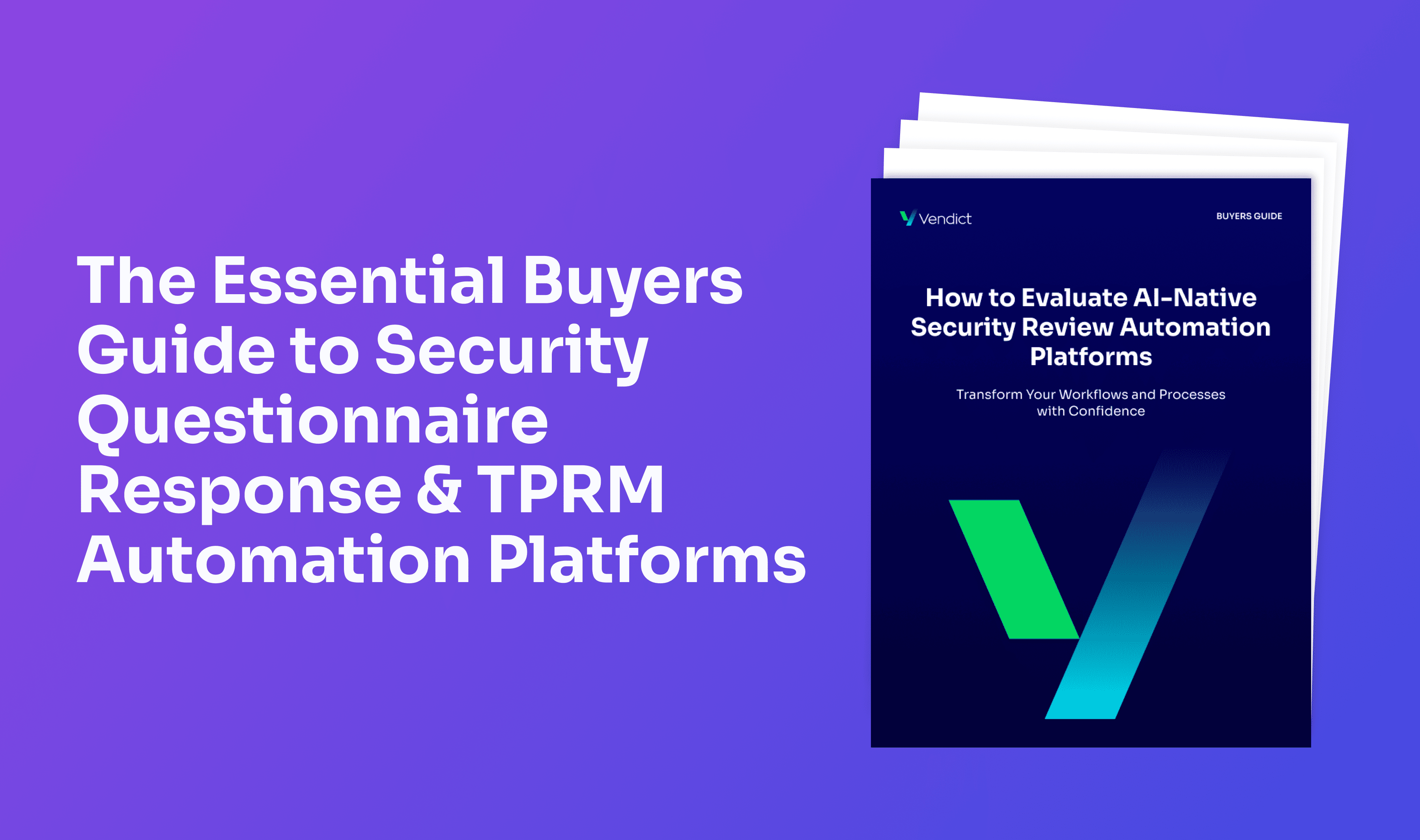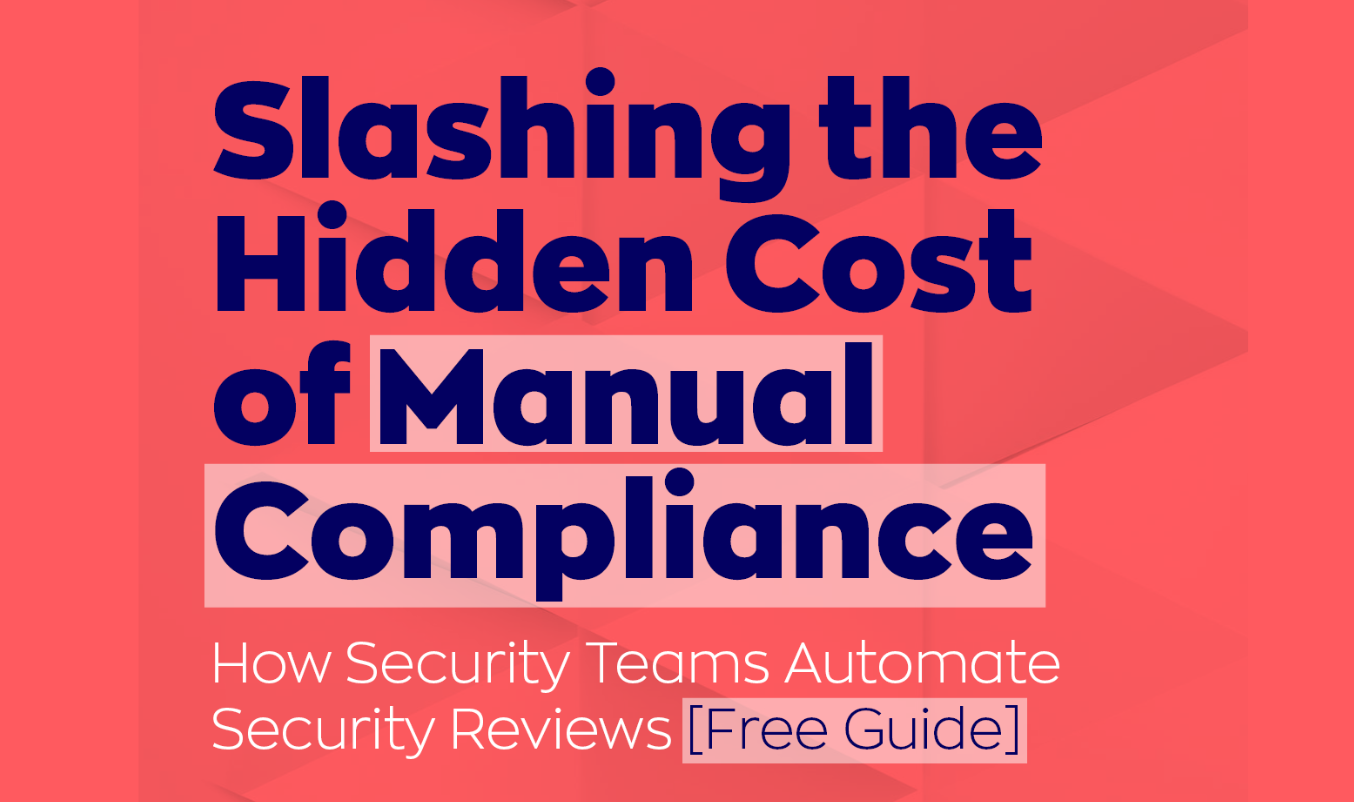The surprising customer truths applied to vendors

Or how fundamental customer concepts can change our worldview about vendors
“The limits of my language means the limits of my world” — Wittgenstein
I am fascinated by bilingualism. Sure, by learning two languages simultaneously, on average, a child starts speaking later. But he or she gets so much in return. Not only the ability to speak two languages fluently. The child understands both cultures, the arbitrary of language, and practices brain plasticity to learn new languages (i.e., new worldviews).
It is interesting to think about what corporate bilingualism could mean. Each corporate field has its own professional terms. Professionals that know the professional jargon can integrate, communicate, and play with concepts more easily. Bilingual professionals master multiple fields fluently and learn quickly about new fields.
Consequently, applying fundamental concepts from one world to another enlarges our limits. Here, I analyze the Vendor world while considering Customer concepts. I discuss the Chief Vendor Officer (CVO) role, the vendor relationship, and the vendor culture. In this matter, I use relevant standard customer concepts (e.g., “Customer Success”) and replace the word “Customer” with “Vendor.” This exercise brings us an immediate vocabulary for the vendor world.
The role of the Chief Vendor Officer (CVO)
The CVO department is not limited to today’s Vendor Management Office (VMO), although the VMO is central. It is equivalent to a Vendor Success or Vendor Support office.
The CVO handles the whole Vendor Experience. The CVO must prepare the Vendor Journey from the beginning (vendor discovery) up to the termination (vendor off-boarding). The Vendor Journey is composed of different steps compared to the Customer Journey. The Customer Journey is sometimes simplified to 5 steps: Acquisition, Activation, Retention, Referral, and Revenue (AARRR metrics). The Vendor Journey is different since the company is the customer. It is composed of Selection, Validation, Negotiation, On-Boarding, and Renewal.
The CVO must analyze in a funnel plot how long each step takes to know where to enhance first. As a result, the CVO should talk to internal and vendor stakeholders for Vendor insights. A Vendor Management platform may complete the picture and provide other companies’ feedback on the quality of their relationship with a vendor.
Besides, the CVO can look back on sudden “vendor churn,” when the replacement of vendors was unexpected (either by the vendor or the company “firing” the other one). Some Vendor insights may reside here also, especially if the vendor is vocal.
The vendor relationship
How does the CVO manage the Vendor relationship? He or she is not the single vendor-facing position. Many teams will often interact with a Vendor. It includes: The Business Unit requiring the service, Procurement, Legal, IT, Security, Risk & Compliance, Privacy (if personal data is shared).
So many companies’ stakeholders can lead a coherent action only if they are aligned. To help them, a common platform displaying a Single Vendor View (or a Vendor-360) must be in place. This Vendor Relationship Management platform displays all the information relative to the Vendor.
For complex operations (e.g., performance tracking over time), a Vendor Data Platform may be needed to have a unified vendor profile from various data sources (Data flows, Support, Networking).
A vendor-centric culture
Why is it important to have a Vendor-centric culture? On one hand, customers are bringing revenue to the company, not the vendors. On the other hand, vendors can bring a lot of value when they innovate and integrate well on how to solve the company’s needs. Being vendor-focused and having a close vendor relationship may reveal new untapped value, mainly for critical vendors. This requires both company and vendor engagement.
How to measure this value? A complex exercise for the CVO is to compute the Vendor Lifetime Value. How much value does this Vendor bring to the Company overall? Should I look for other vendors? Where can I increase this value? For example, good on-boarding and training on vendor products gives extra value from existing products to the company.
Vendors will never replace Customers as a first-position focus. Each one has its own role in the value chain. However, fundamental concepts about Customers should be used with Vendors. Suddenly, the vendor is not a simple, interchangeable service provider. The vendor looks more like a partner with common interests that we can measure.
The company is still focused only on the company’s success. Synergies, fruitful collaborations, or any win-win relationships with the vendor should be actively sought. It is somehow harder to execute.
.png)








.png)
